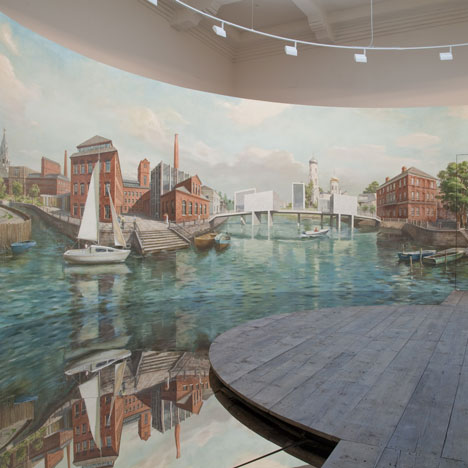
The Russia Factory by Sergei Tchoban, Pavel Khoroshilov and Grigory Revzin
Venice Architecture Biennale 2010: the Russian pavilion at the Venice Architecture Biennale presents possibilities for the re-use of vacant factories in former industrial towns across Russia.
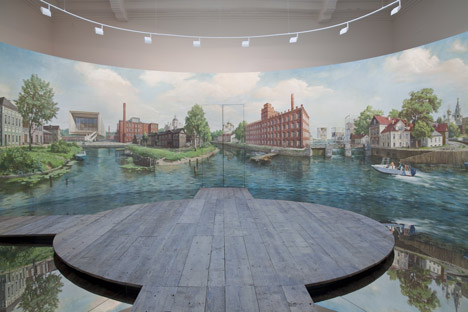
The project focusses on the town of Vyshny Volochok, situated halfway between Moscow and St. Petersburg.
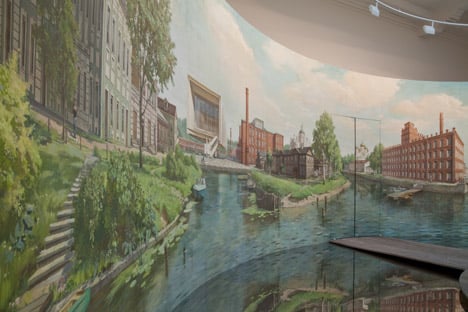
Click for larger image
Architects were invited to design conceptual redevelopment schemes for each of the town's four disused industrial zones.
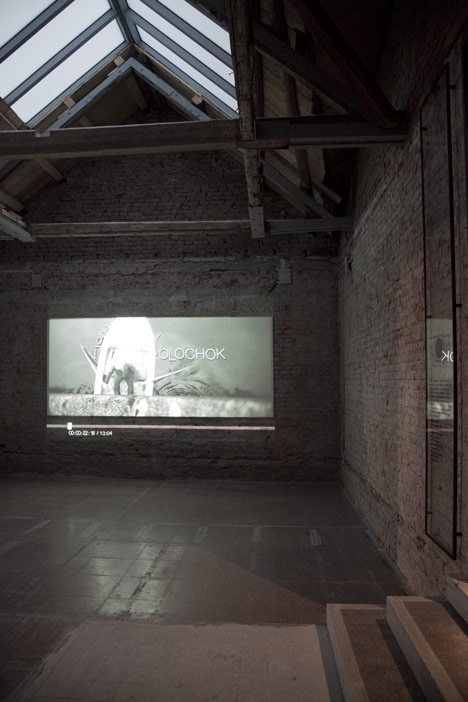
Visitors to the pavilion watch a movie examining life in the Vyshny Volochok area, before progressing to a cylindrical room where a panoramic painting depicts the proposed redevelopments.
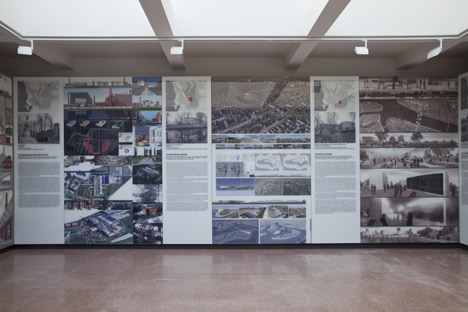
A third room displays detailed information about each of the four sites and projects.
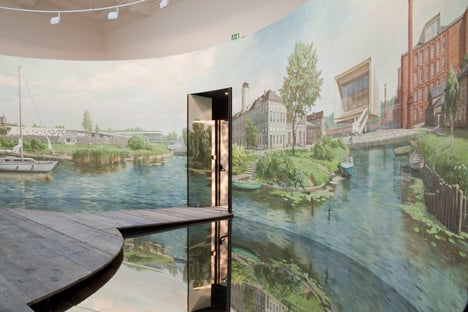
The curators argue that the re-instatement of these spaces as centres for the town's development through use as cultural educational and social destinations could be rolled out to revitalise similar post-industrial towns across Russia.
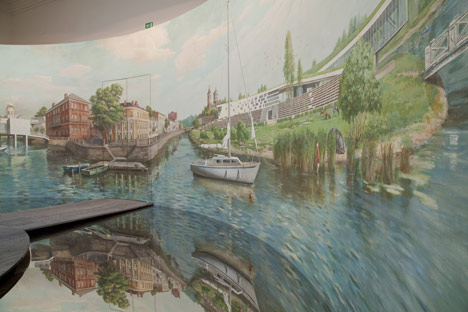
Entitled The Russia factory, the pavilion was curated by Sergei Tchoban, Pavel Khoroshilov and Grigory Revzin.
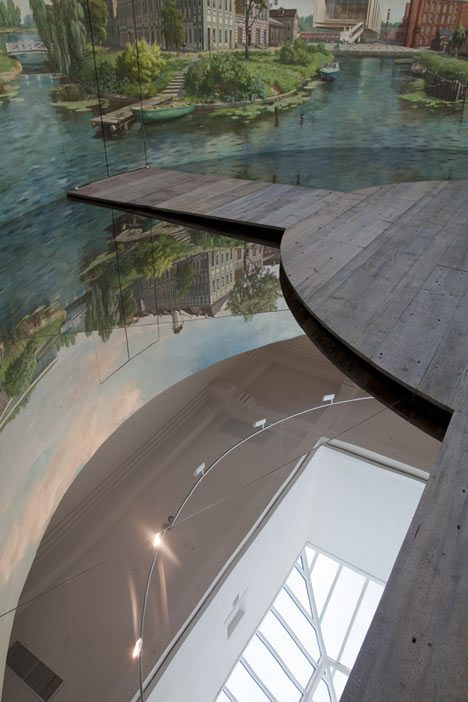
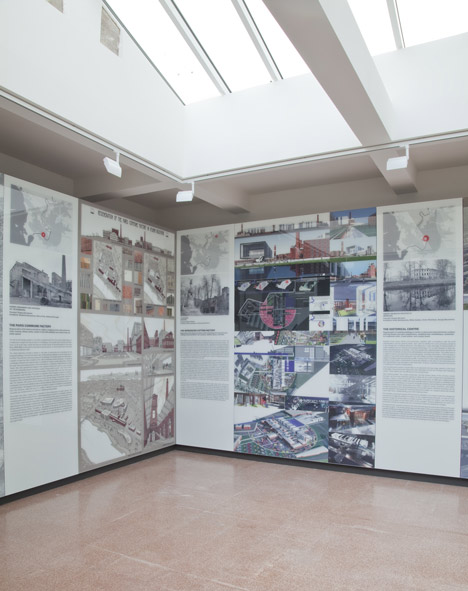
Photographs are by Patricia Parinejad.
The following information is from the curators:
Pavilion of Russia at the 12th International Architecture Exhibition – La Biennale di Venezia
The Russia Factory
In the last 20 years Russian towns and cities have been undergoing a period of de-industrialization: old factories in industrial towns have been closing down while new ones have yet to spring up in their place. This presents serious problems for urban planning: Russia today has many towns and cities in which factories that were formerly the core of a place’s development are now at a standstill and constitute disused and ruined urban space. Industrial zones can occupy up to a third of the territory of a town or city and their current condition has a depressive influence on the environment and inhabitants.
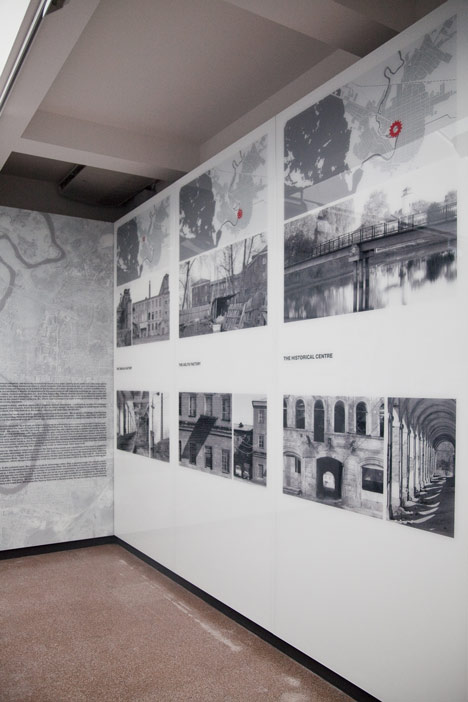
Existing industrial zones have already had resources (energy, materials, labour) invested in them, and their destruction requires further investment – confronting us with the prospect of endless expenditure of resources since each cycle in the development of a site begins from scratch. From the point of view of urban design, factory buildings in small towns are the foundation of the urban fabric. Factories shape the scale of the towns in which they stand. It is they that store the town’s memory and determine its identity.
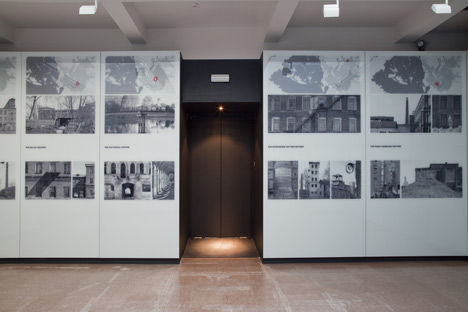
The idea on which the Russia Factory project is based is to treat industrial zones as historical landscape that is open to universal transformation. Curators propose a strategy of preserving surviving architectural structures, with close attention being paid to opportunities for converting these buildings for use for all kinds of urban functions – housing, education, medicine, trade, public space, management, hotels, etc., etc. The project involves re-conceiving the industrial zone as a mixed-use urban environment which is reincorporated in the town and serves as a focus for the latter’s development.
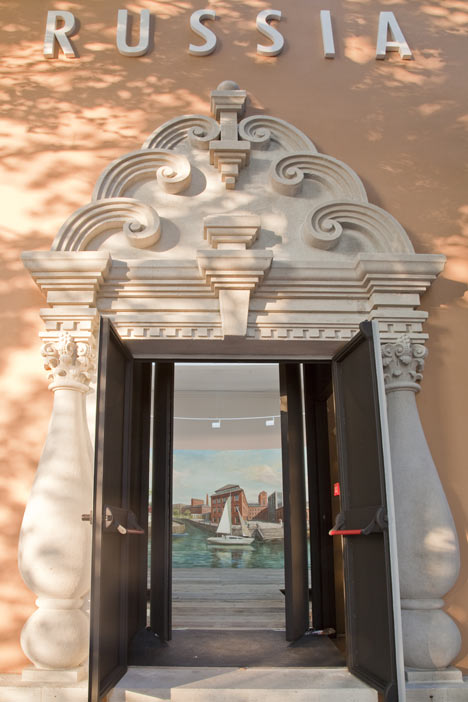
The Russian pavilion at this biennale is for the first time showing not an ‘exhibition of achievements’ by a single architect or a group of architects, but a conceptual project created specially for the biennale and oriented on the future. As the basis for the project the curators have selected the town of Vyshny Volochok in Tver Province. Vyshny Volochok is situated halfway between Moscow and St. Petersburg and has a system of canals created by Peter the Great. This situation has strong similarities with that of Venice (to give visitors to the biennale a better idea of the town’s position). Were it to be modernized and the surrounding small towns to be revitalized, this could lead to a denser network of centres of culture, science, and tourism lying between the two major cities – which in turn would serve to bring Russia closer to Europe. Vyshny Volochok developed as a centre of the textile industry. It contains four large industrial zones – the Tabolka Factory, the Paris Commune Factory, the Integrated Cotton Factory, and the Aelita Factory. All these factories are within walking distance of the town centre. The town centre, which contains buildings erected in Petersburg architectural styles from the Classical and Empire periods, has degraded and is in a partly ruined state. No new factories or infrastructure serving the railway, main road, or waterways, have been built.
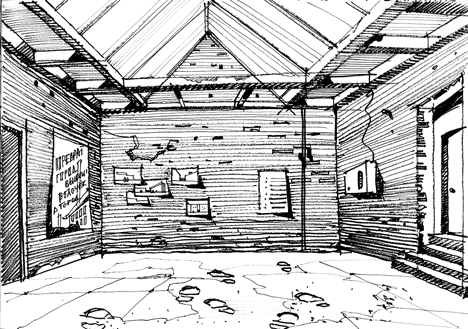
The curators‘ project was executed in two stages. To begin with, we analyzed potential functions for the town’s industrial zones on the basis of the needs and capabilities of the town’s residents, as well as on the basis of possibilities for incorporating ‘external’ functions that might take advantage of the town’s location. We drew up a possible brief for a reconstruction project on the basis of social and economic parameters. Next, Sergei Tchoban supervised the creation of a master plan for reconstruction of the town, and then specific industrial sites, together with potential functions for these sites, were offered as design projects to five architecture firms - two from Moscow (Vladimir Plotkin and Sergey Skuratov), two from St. Petersburg (Evgeny Gerasimov and Nikita Yaveyn), and architectural firm SPEECH Tchoban/Kuznetsov, which designs buildings for both the major cities between which lies the town of Vyshny Volochok.
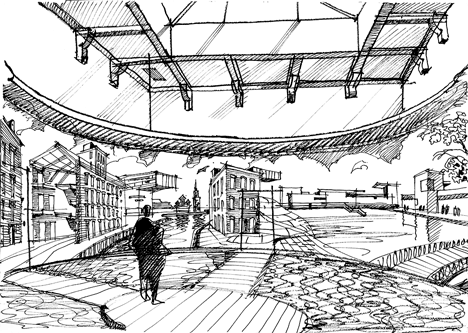
The Russia Factory is a model project. There are more than 300 towns like Vyshny Volochok in Russia today. It is fundamentally important that architects today should form their own agenda and offer society an idea that can serve as an aspiration.
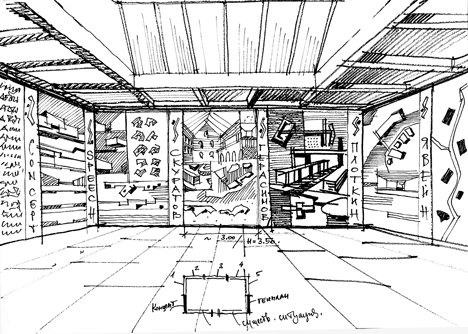
The Russian Pavilion in the Giardini della Biennale in Venice was built in 1913 to a design by Aleksey Shchusev. In 2010 it has been completely restored by architect Clemente di Thiene. The restoration was financed by OAO Alfa Bank.

Click for larger image
Commisioner: Vasily Tsereteli
Curators: Sergei Tchoban, Pavel Khoroshilov, Grigory Revzin
Architects: Evgeny Gerasimov, Vladimir Plotkin, Sergey Skuratov, Sergei
Tchoban and Sergey Kuznetsov (with Alena Akhmadullina), Nikita Yaveyn
Exhbition design: SPEECH Tchoban / Kuznetsov
Primary sponsor: VTB
Sponsors:
ALUTERRA
ASTEROS
CONCEPT
DORMA
HUNTER DOUGLAS CIS
OKALUX GmbH
TOP GLASS
See also:
.
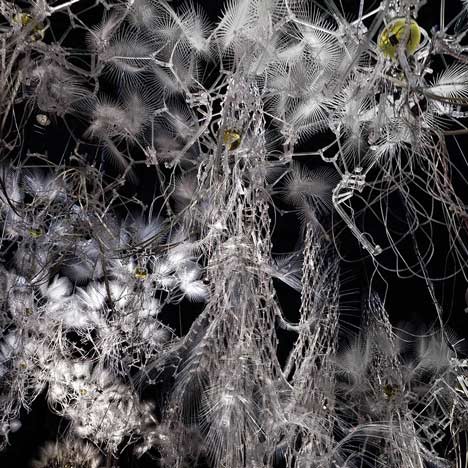 |
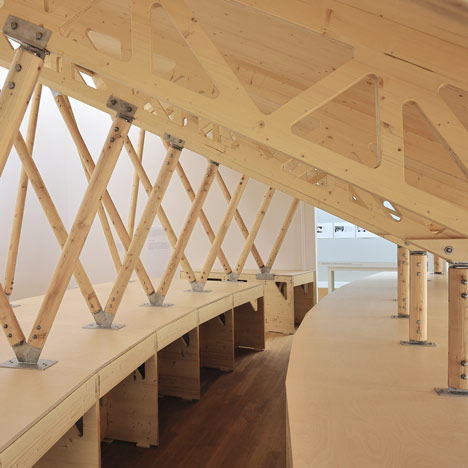 |
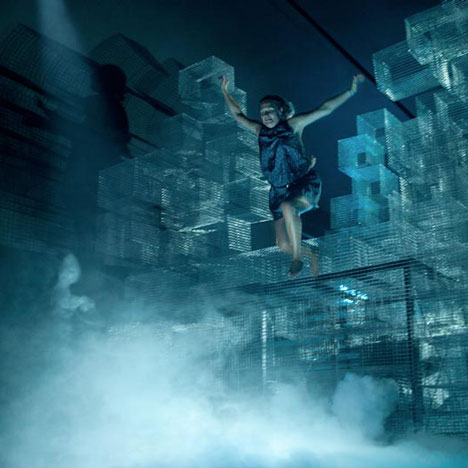 |
| Canadian pavilion by Philip Beesley |
Villa Frankenstein by muf architecture/art |
Polish pavilion at Venice 2010 |